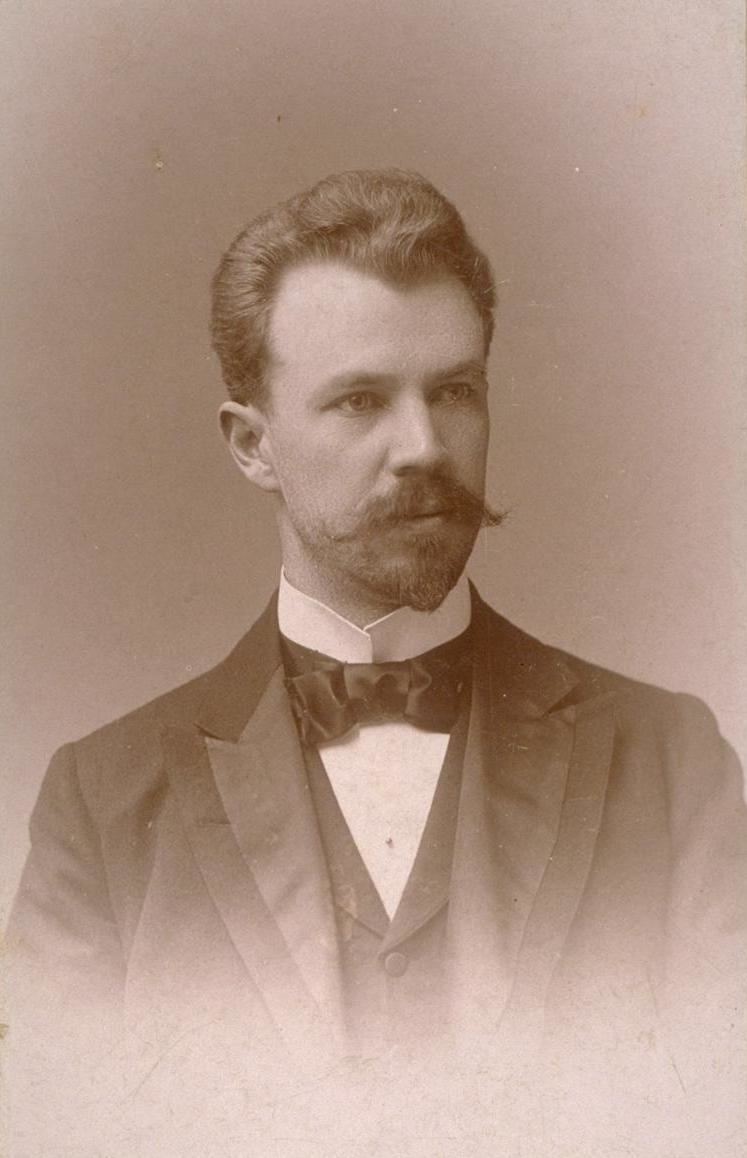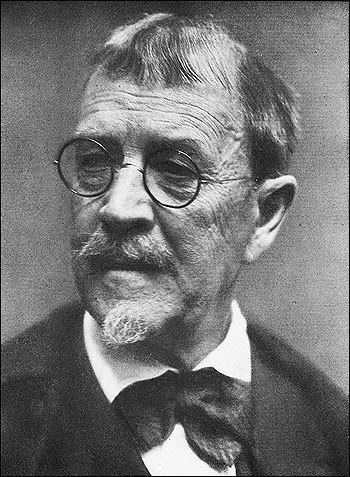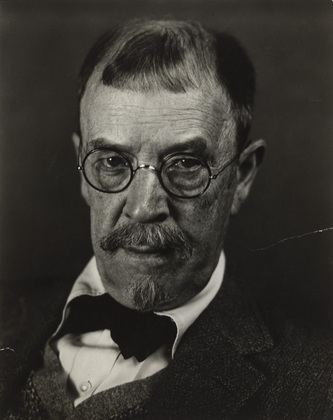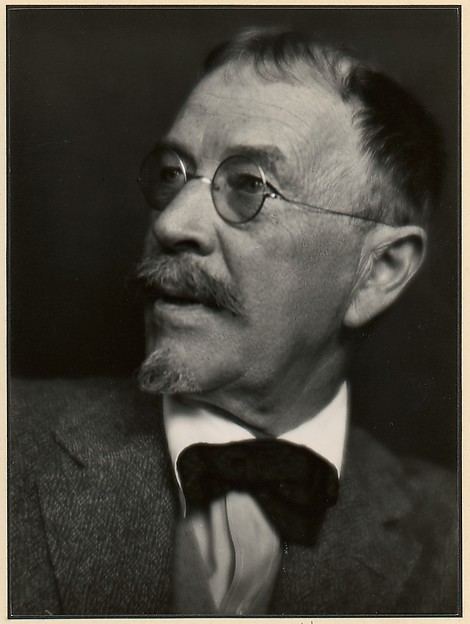Cause of death Heart failure Occupation Muckraker | Name Lincoln Steffens Role Reporter | |
 | ||
Full Name Lincoln Joseph Steffens Alma mater University of California Employer New York Evening Post (until 1902)McClure's Magazine (until 1906)The American Magazine (1906 onward) Known for Part of the muckraking trio at the turn of the century.Having his articles written into books. See Works. Books The Shame of the Cities, The autobiography of Lincoln, The struggle for self‑government, The System: Journalis, Upbuilders Similar People | ||
Political corruption lincoln steffens
Lincoln Joseph Steffens (April 6, 1866 – August 9, 1936) was a New York reporter who launched a series of articles in McClure's, called Tweed Days in St. Louis, that would later be published together in a book titled The Shame of the Cities. He is remembered for investigating corruption in municipal government in American cities and for his early support for the Soviet Union.
Contents
- Political corruption lincoln steffens
- Lincoln steffens s s project
- Early life
- Career
- Death
- In Quotes
- Works
- References

Lincoln steffens s s project
Early life

Steffens was born on April 6, 1866, in San Francisco to Elizabeth Louisa (Symes) Steffens and Joseph Steffens and raised in Sacramento, California. He was the first-born, and only son with three sisters coming later. His family's opulent home in the state capital later became the governor's mansion.
Career

Steffens began his career as a journalist at the New York Evening Post. He later became an editor of McClure's magazine, where he became part of a celebrated muckraking trio with Ida Tarbell and Ray Stannard Baker. He specialized in investigating government and political corruption, and two collections of his articles were published as The Shame of the Cities (1904) and The Struggle for Self-Government (1906). He also wrote The Traitor State (1905), which criticized New Jersey for patronizing incorporation. In 1906, he left McClure's, along with Tarbell and Baker, to form The American Magazine. In The Shame of the Cities, Steffens sought to bring about political reform in urban America by appealing to the emotions of Americans. He tried to provoke outrage with examples of corrupt governments throughout urban America.

From 1914–1915 he covered the Mexican Revolution and began to see revolution as preferable to reform. In March 1919, he accompanied William C. Bullitt, a low level State Department official, on a three-week visit to the Soviet Union and witnessed the "confusing and difficult" process of a society in the process of revolutionary change. He wrote that "Soviet Russia was a revolutionary government with an evolutionary plan", enduring "a temporary condition of evil, which is made tolerable by hope and a plan."
After his return, he promoted his view of the Soviet Revolution and in the course of campaigning for U.S. food aid for Russia made his famous remark about the new Soviet society: "I have seen the future, and it works", a phrase he often repeated with many variations. The title page of his wife Ella Winter's Red Virtue: Human Relationships in the New Russia (Victor Gollancz, 1933) carries this quote.
His enthusiasm for communism soured by the time his memoirs appeared in 1931. The autobiography became a bestseller leading to a short return to prominence for the writer, but Steffens would not be able to capitalize on it as illness cut his lecture tour of America short by 1933. He was a member of the California Writers Project, a New Deal program.
He married the twenty-six-year-old socialist writer Leonore (Ella) Sophie Winter in 1924 and moved to Italy, where their son Peter was born in San Remo. Two years later they relocated to the largest art colony on the Pacific Coast, Carmel-by-the-Sea, California. Ella and Lincoln soon became controversial figures in the leftist politics of the region (review the summary in the Wikipedia entry Ella Winter). When John O’Shea, one of the local artists and a friend of the couple, exhibited his study of “Mr. Steffens’ soul,” an image which resembled a grotesque daemon, Lincoln took a certain cynical pride in the drawing and enjoyed the publicity it generated.
In 1934, Steffens and Winters help found the San Francisco Workers' School (later the California Labor School); Steffens also served there as an advisor.
Death
Steffens died of heart failure on August 9, 1936, in Carmel-by-the-Sea, California.
In Quotes
"In a country where business is dominant, business men must and will corrupt a government." [p. 417]
"One business man’s bribery was nothing but a crime, but a succession of business briberies over the years was a corruption of government to make it represent business." [p. 416]
"I have never heard Christianity, as Jesus taught it in the New Testament, preached to the Christians." [p. 526]
